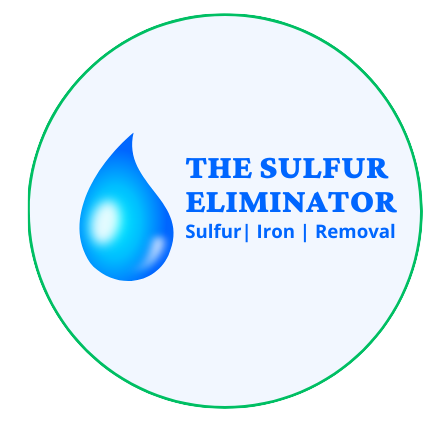Does Your Drinking Water Contain These Unsafe Chemicals?
Water is the most essential element of life and something we all need on a daily basis. But what if the water you’re drinking on a daily basis is actually toxic drinking water? Yes, the water you use to fill your glass, add to your recipes, and spray out of your shower may actually be teaming with unsafe chemicals. So, just what’s in your drinking water? Here are the four main classes of unsafe chemicals found in drinking water:
Pesticides and industrial by products
If you did an analysis of your drinking water, you may be surprised to find it has unacceptable levels of pesticides including atrazine, a weed killer known to cause birth defects in animals as well as liver, kidney, and heart damage. In addition, you might also find by products of plastics as well as industrial products such as paint removers in the water you drink on a daily basis. Studies have shown that even trace amounts of these unsafe chemicals have adverse biological effects in animals. It doesn’t give you a great deal of confidence in your local water supply, does it?
Lead and arsenic
Arsenic may be found in particularly high concentrations if you have ground water as opposed to surface water which comes from a lake or river. Long term exposure to arsenic has been associated with a variety of cancers including cancer of the lungs, kidneys, bladder, and prostate. You probably already know the devastating consequences lead can have on brain development in children. Since lead is found in your water pipes, the best way to reduce your exposure is to flush your pipes by allowing the water to run for two minutes before using it. This should be done when your faucets haven’t been used for six hours or longer. You can also reduce your exposure by using only cold water which contains lower concentrations of lead.
Bacteria and protozoa
It’s not reassuring to know that many municipal drinking water supplies contain bacteria and protozoa derived from feces. One of the most commonly found fecal bacteria in drinking water is E.Coli. One way to kill these microorganisms is to boil your water for a minute before drinking it.
Chlorine
Chlorine is a common component found in toxic drinking water. The tap water that comes out of the faucet has been disinfected with chlorine to kill germs and bacteria that may be present in the water supply. Unfortunately, chlorine can chemically interact with organic matter in the water resulting in the production of trihalomethanes. Trihalomethanes have been associated with a variety of health risks including an increased risk of miscarriage, various forms of cancer, and damage to the major organ systems. Unfortunately, you can’t avoid it by not drinking water. A ten minute shower produced more absorption of this unsafe chemical through the skin than drinking five glasses of water. It’s not even safe to take a shower!
What can you do if you’re concerned about toxic drinking water? Have your water tested by an independent testing center and find out exactly what your water contains. Follow up by investing in a quality water filter that will filter out these contaminants. Don’t forget about adding a filter to your shower since many unsafe chemicals are absorbed through the skin. By doing this, you can sleep more comfortably at night knowing your family’s water supply is protected.

Does this product eliminate ecoli batcteria as well as h2s?
Shelby,
No the sulfur eliminator will not kill Ecoli you will need a UV light for that. It will eliminate any sulfur bacteria you may have.
Does this filter eliminate iron or any other metals?
Rick,
It eliminates just iron and sulfur
Heather
I have heard hydrogen peroxide systems do a better job and that the hydrogen peroxide breaks down to water in the process. I have heard aeration products like these work at first than fail.
Ellen it depends on what aeration product you use. If you buy an aeration tank then yes you are correct. Anything that is not taking care of the problem from the source is a band-aid product. The sulfur eliminator is an aeration unit installed on the well itself. We use your well as the aeration tank and when the air and water go through the sulfur eliminator at an exact rate we get rid of the sulfur. The sulfur is being produced in the well so if you don’t treat it at the source then you aren’t truly taking care of the problem.
Ellen actually it’s the opposite anything other any aerating the problem at the source is a band-aid. Those products will work temporarily but the sulfur in the well continues to grow and grow and eventually those products can’t keep up with the sulfur growth. That’s why if you fix it at the source which is the well itself you won’t have that problem.